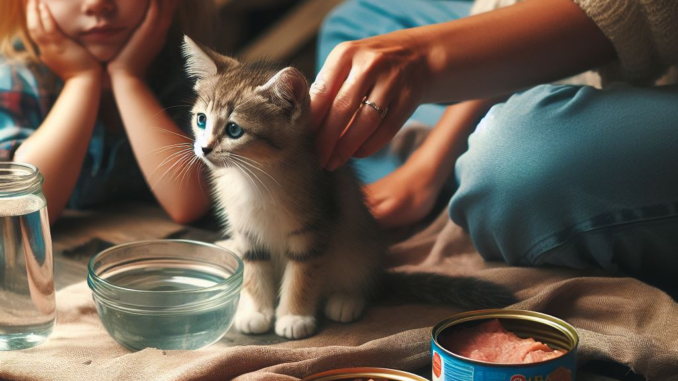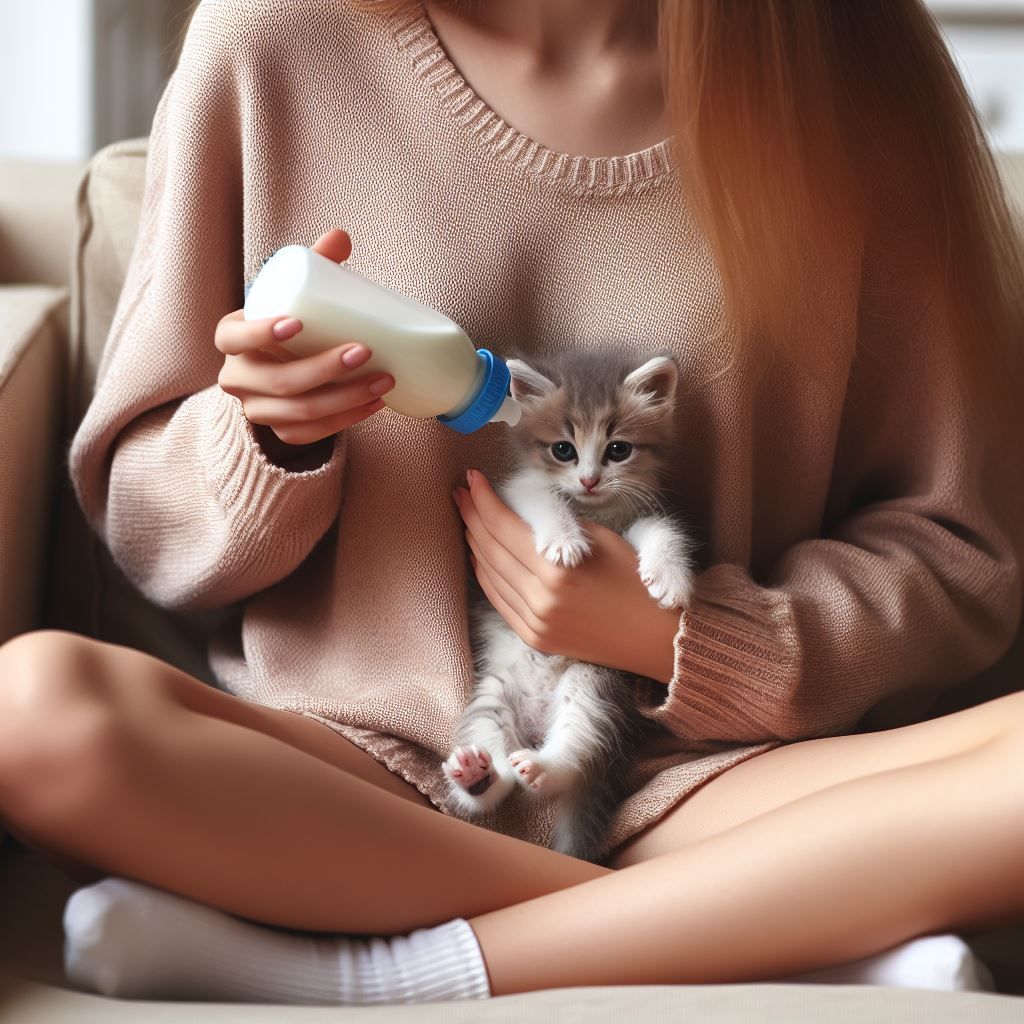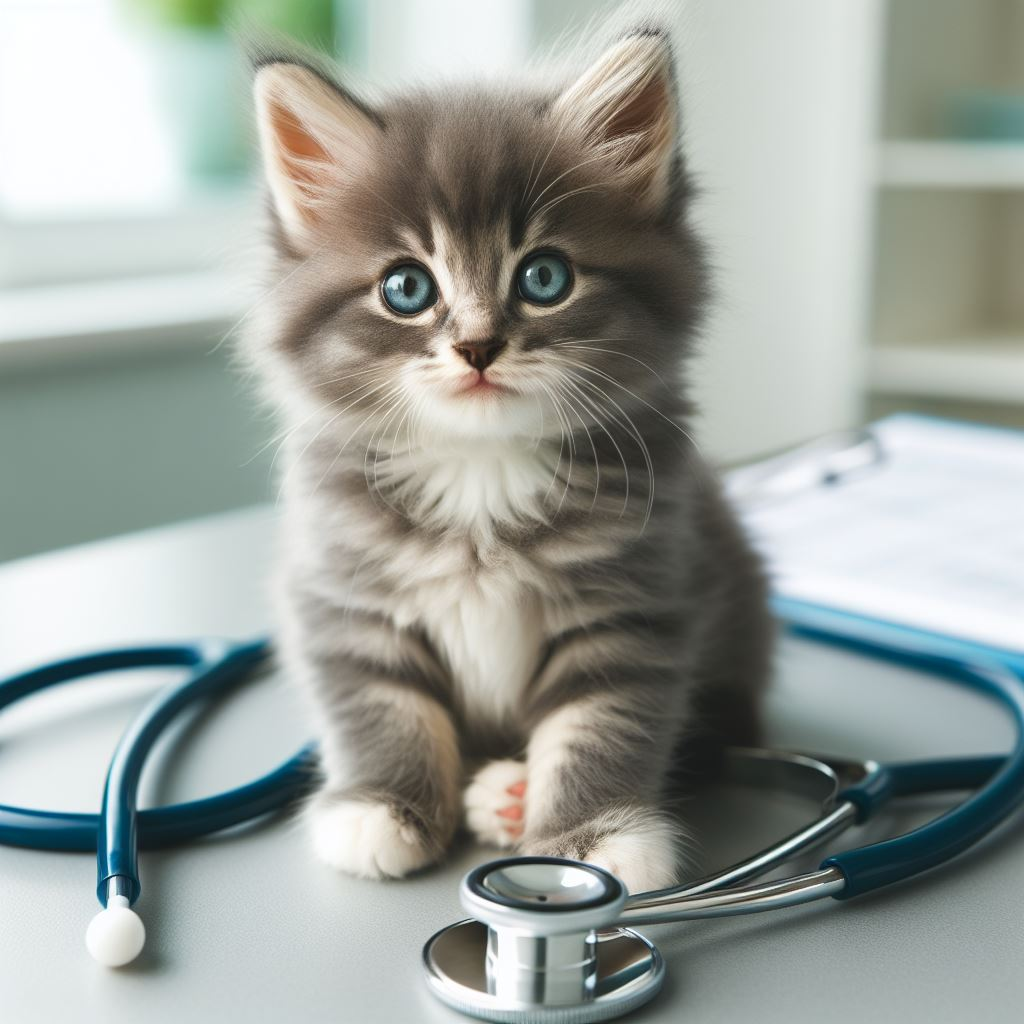
Feeding Stray Kittens Guide
I’ll never forget the first time I stumbled upon a stray kitten. This tiny tabby was huddled under a bush, meowing pitifully for food or comfort. My heart ached for the little guy, but I also felt totally clueless about how to help. Should I leave him be? Try to find his mom. Scoop him up and take him home? Caring for a neonatal kitten seemed pretty daunting!
After doing some frantic Googling, I discovered stray kittens have very specific care needs. With the right approach though, even an amateur cat guardian like me could offer real help. I figured other kind-hearted folks must wonder the same thing too – what should you feed a stray kitten, especially if they’re orphaned and vulnerable?
Well, hold onto your catnip folks, because this guide’s got you covered! Below, I’ll walk through everything I’ve learned about feeding stray kittens based on age, weight, and health status. I’ll also share pro tips for proper care as these little furballs grow. My goal is to equip you with the key info you need so you can nourish the next generation of kitties in your community!
Step 1: Assess If Kittens Are Truly Orphaned

I know it tugs at the heartstrings to see lone kittens wandering about. But what may look like abandonment isn’t always the case. Momma cats often stash their babies in hidden spots for safety while they’re out finding food. They usually return periodically to nurse and care for them.
So before intervening, it’s important to determine if the kittens do indeed have a mama. According to vets, neonatal kittens still nursing should be left with their mom if possible. Look for signs she’s still around, like sleepy but content kittens or the litter missing for stretches while feeding. Still unsure? Here’s a clever trick – sprinkle a light coat of flour around the kittens and check back later for returning paw prints!
If a mama cat is present, the best move is to contact local vets and shelters about TNR programs (Trap/Neuter/Return). This allows her to be spayed so she doesn’t keep having litters while letting her continue as a caretaker so the kittens still get that crucial early maternal care.
Step 2: Rescue Truly Orphaned Kittens
Okay, so you’ve determined the kittens are, in fact, mama-less. *sad trombone* 😿 Now it’s go-time! When little furballs are orphaned that young, they rely completely on human intervention for survival.
The first priority with neonatal kittens is minimizing direct handling while ensuring they’re warm, safe, and fed. I’d rush them to the vet ASAP, too, for an urgent health check. Knowing details like their exact age and whether they need medication guides the next feeding steps.
For keeping kitties comfortable in the meantime, vets advise setting up a little den – like a crate with soft blankets and a snuggled heating pad underneath (taking care it’s not too hot). This nurturing environment helps them thrive while you sleuth the perfect feeding method.
Feeding Frequency Guidelines By Kitten Age and Weight
Understanding exactly how much and how often orphaned kittens need to eat is vital. It varies dramatically based on where they’re at developmentally. Here’s a quick reference guide:
Kittens under 1 week old, weighing around 4 ounces – Bottle feed kitten formula every 2-3 hours.
Kittens 1-3 weeks old – Formula every 2-4 hours, gradually extending the time between feedings as they grow.
Kittens 4-6 weeks old – Introduce gruel (combo of wet food/formula) and feed less frequently.
Kittens 6-8 weeks and up – Offer wet + dry kitten food 4x daily.
Hand-Raising Kittens: My Top Caregiving Pro Tips
Bottle-feeding orphan kittens and caring for their basic needs is a big job, especially with newborns! But it’s incredibly rewarding saving their tiny lives. Here are some pro tips I’ve gathered along the way:
Patience and persistence are key when bottle training. Make sure to use kitten milk replacement formula at the proper temperature. Don’t forget to burp them halfway through! Proper positioning is important too – keep them upright, leaning slightly back. And as always, no tummy time right after eating to prevent aspiration!
Kittens also need help peeing and pooping until about 4 weeks old. Gently stimulate with a warm cloth to encourage elimination. Then, introduce a litter box around 3-4 weeks with low-dust, non-clumping litter. Just add a pinch of formula or wet food to motivate their instinct!
Fuzzy Math: Calculating the Right Formula Amount
For newborns eating only liquid formula, calculating meal amounts takes some fuzzy math. But there are tricks to getting it right! Here’s my formula (pun intended 😜):
Take their weight in ounces and multiply by 2. That total? Feed them that many CCs per day, divided into equal portions based on age. Then, adjust as needed if they seem too hungry or overfed. Vets can advise too!
For example – a 2-ounce kitten needs 4 CCs (2 ounces x 2) each day. Split that into eight feeds for under 1 week old or 6 feeds for 1-2 week olds. Easy peasy!
Weaning Kittens Onto Solids
As kittens grow beyond 4 weeks, it’s time to start the weaning process – transitioning from bottled formula to solid wet and dry foods. This stage is kind of like kitten preschool – essential for their development!
Around 4-6 weeks old, kittens are ready to begin gruel – a nutritious sloppy mix of wet food and kitten formula. Shift ratios gradually over 2 weeks from mostly formula to mainly wet food. Consistency should resemble pudding!
Then, around 6-8 weeks, they can start sampling kitten kibble soaked in water or formula. Take weaning slow, ensure proper nutrition, and monitor their digestion along the way. Vets can advise recipes and timelines, too!
Monitoring Health and Development
With orphaned kittens especially, keeping track of weight gain, energy levels, and overall health is so important. Watch for signs of diarrhea, lethargy, or loss of appetite – these require prompt vet attention. Ensure they hit developmental benchmarks, too, like teeth coming in properly.
Around 8 weeks, kittens should start their vaccination schedule and deworming. Regular vet checkups ensure they stay happy and healthy as they continue growing. Having a complete health history also makes them more adaptable later!
Finding Forever Homes
Once kittens are fully weaned and medically cleared, the next big step on their journey is finding a family! Check local shelters and rescue groups to see if they have space in their adoption program. Social media is great for exposure, too – tell cute stories of their progress and unique personal preferences!
When screening potential families, really take the time to ensure it will be a lasting, responsible home. Discuss basics like financial commitment, lifestyle factors, personality compatibility, and more. You want to give your rescued fur babies the best shot possible!
Who knew so much went into feeding and caring for stray kittens? While it’s a major time and effort commitment, I really believe it’s one of the most magical and meaningful ways for animal lovers to make a difference. You’re literally saving precious lives while also humanely preventing more unwanted litters down the road.
I hope this guide gave you a helpful starting point for nourishing needy kittens in your community. Remember every case is unique, so stay flexible! With dedicated care from folks like you, though, little stray furballs can blossom into the healthy, playful cats they deserve to be.


Leave a Reply